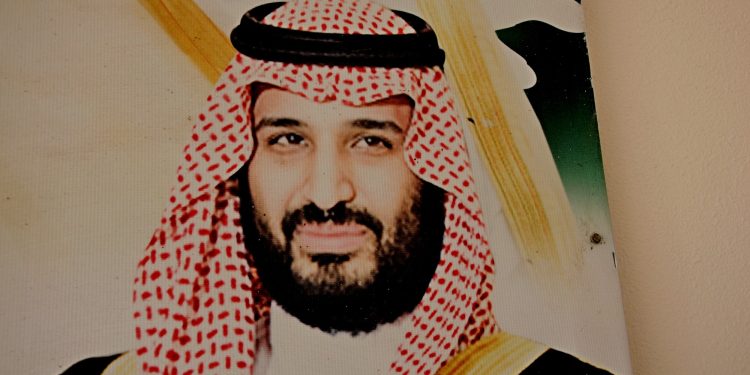Saudi Arabia faces mounting fiscal pressure as falling oil prices, increased crude supply, and global economic uncertainty threaten to widen its budget deficit. Economists warn that if oil prices remain around $62 per barrel, the kingdom’s deficit could more than double, reaching up to $75 billion.
Ambitious projects under Vision 2030, including the $1.5 trillion Neom mega-development and preparations for major global events, have significantly increased government spending. However, with oil revenues declining, Saudi Arabia may need to reconsider some of its high-cost initiatives.
While the country’s debt-to-GDP ratio remains relatively low compared to other major economies, raising substantial new debt could prove challenging in current market conditions. Experts suggest the government might have to cut spending, increase taxes, or sell assets such as stakes in state-owned enterprises like Saudi Aramco and Sabic.
Despite these challenges, Saudi Arabia maintains strong credit ratings and substantial foreign currency reserves. Recent reforms aimed at attracting investment and diversifying the economy are expected to strengthen its resilience. The government is seen as having various options to address the deficit, with no immediate crisis anticipated.


